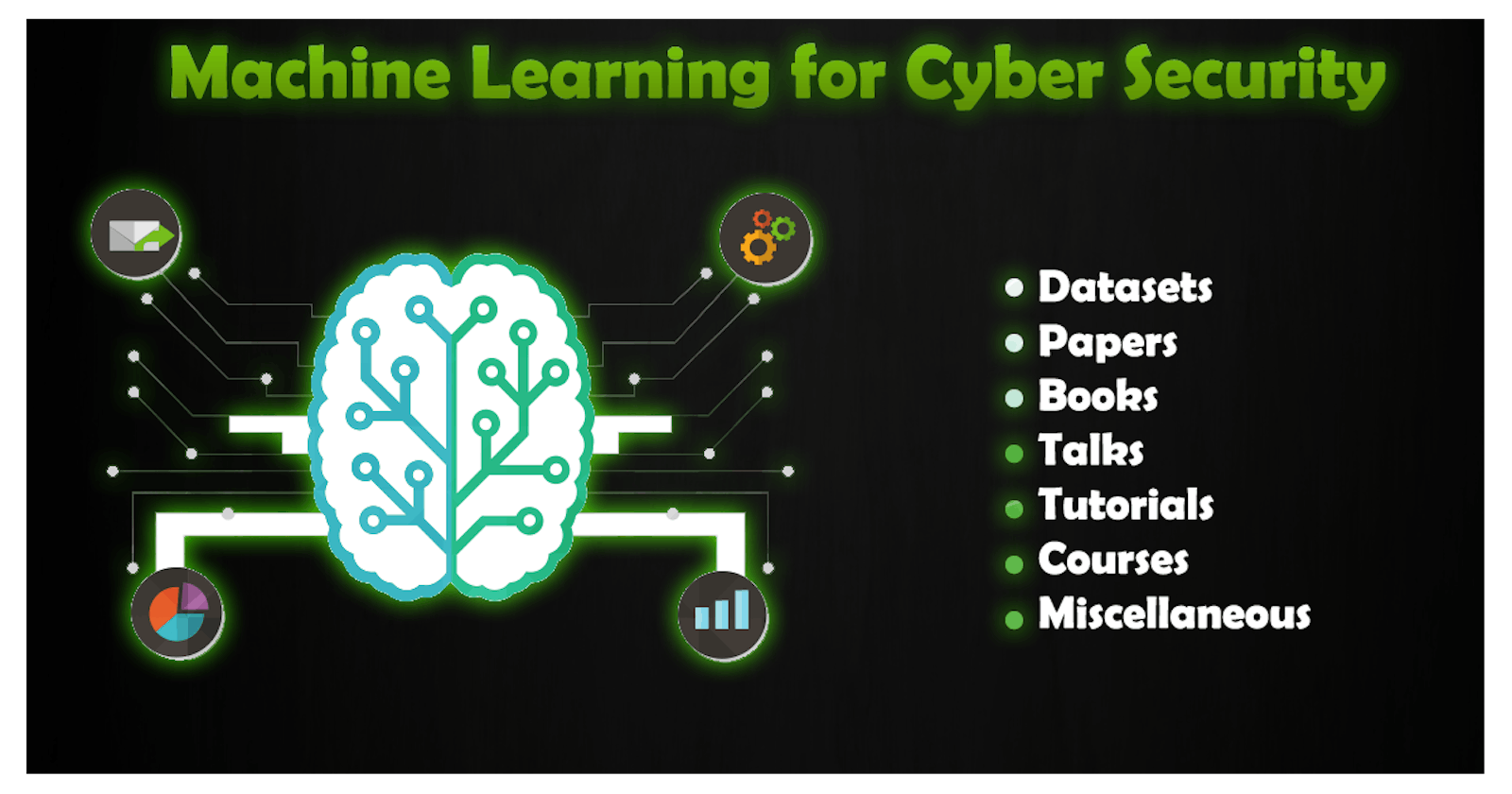Introduction
Machine learning algorithms have been increasingly applied in the field of cybersecurity to enhance the detection of cyber threats. However, the implementation of machine learning models in cybersecurity also poses several challenges that need to be addressed. In this blog, we will discuss some of the key challenges in implementing machine learning models for cybersecurity.
Data quality
The quality of the data used to train the machine learning models is critical to their accuracy and effectiveness. Cybersecurity datasets are often complex, noisy, and contain a high degree of variability. Moreover, cybersecurity datasets are usually imbalanced, meaning that the number of instances for each class is not equal. These challenges make it difficult to train machine learning models that can detect subtle anomalies and distinguish between benign and malicious activities.
Lack of interpretability
Machine learning models are often considered black boxes because they do not provide insights into how they make decisions. This lack of interpretability is a significant challenge in cybersecurity because it hinders the identification of the root cause of an attack or the explanation of how a machine-learning model came to a particular decision. Consequently, it is essential to develop techniques that can provide insights into the decision-making process of machine learning models.
Adversarial attacks
Adversarial attacks are a significant challenge in cybersecurity, where an attacker manipulates the input data to evade detection or cause a false positive. Adversarial attacks can cause significant harm to cybersecurity systems, and it is essential to develop machine-learning models that can detect and resist such attacks.
Model deployment
Deploying machine learning models in cybersecurity systems can be challenging due to the need for real-time processing and the limited resources of embedded systems. Additionally, cybersecurity systems require high accuracy, which can only be achieved by using complex machine-learning models that are computationally expensive. These challenges make it difficult to deploy machine learning models in cybersecurity systems, and the models must be optimized to work within the resource constraints of the system.
Privacy concerns
Machine learning models trained on personal data, such as user behavior or communication patterns, can pose significant privacy concerns. Moreover, these models can be vulnerable to attacks that extract sensitive information from the training data. Consequently, it is essential to develop techniques that can preserve privacy while still enabling effective machine learning.
Conclusion
In conclusion, machine learning models offer significant benefits in enhancing the detection of cyber threats. However, the implementation of these models in cybersecurity also poses several challenges that need to be addressed. These challenges include data quality, lack of interpretability, adversarial attacks, model deployment, and privacy concerns. Overcoming these challenges requires a multidisciplinary approach that involves the integration of machine learning, cybersecurity, and privacy protection techniques.
